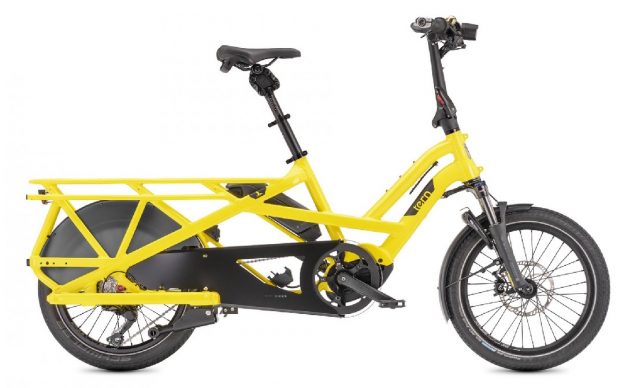Tag: E-bike battery sizes
-

Why are there so many variables to pedal-assist e-bike costs?
You may want to compare all kinds of features and components when looking at an e-bikes cost. First, consider the style of the e-bike you like. Will the bike help fulfill your transportation needs to justify the investment. Next, are there options for the battery and motor size, the warranty, and the weight? With that…
